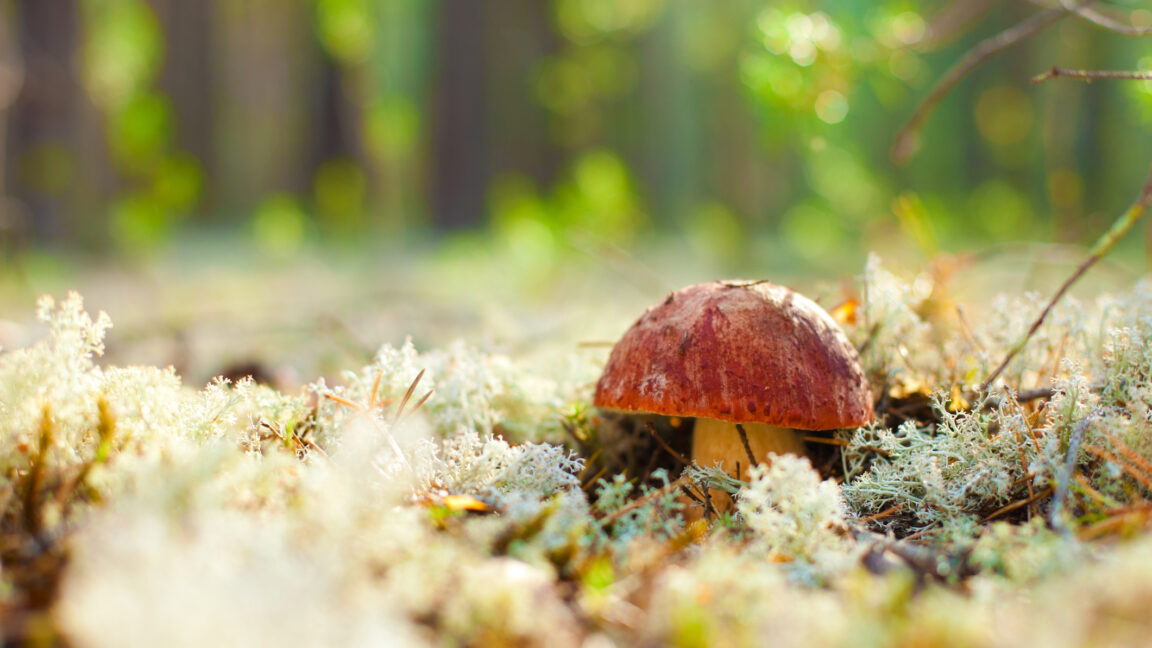
Because the soil layer was so thin, most hyphae, which usually grow and spread underground by releasing spores, were easily seen, giving the researchers an opportunity to observe where connections were being made in the mycelium. Early hyphal coverage was not too different between the X and circle formations. Later, each showed a strong hyphal network, which makes up the mycelium, but there were differences between them.
While the hyphal network was pretty evenly distributed around the circle, there were differences between the inner and outer blocks in the X arrangement. Levels of decay activity were determined by weighing the blocks before and after the incubation period, and decay was pretty even throughout the circle, but especially evident on the four outermost blocks of the X. The researchers suggest that there were more hyphal connections on those blocks for a reason.
“The outermost four blocks, which had a greater degree of connection, may have served as “outposts” for foraging and absorbing water and nutrients from the soil, facilitated by their greater hyphal connections,” they said in the same study.
Talk to me
Fungal mycelium experiences what’s called acropetal growth, meaning it grows outward in all directions from the center. Consistent with this, the hyphae started out growing outward from each block. But over time, the hyphae shifted to growing in the direction that would get them the most nutrients.
Why did it change? Here is where the team thinks communication comes in. Previous studies found electrical signals are transmitted through hyphae. These signals sync up after the hyphae connect into one huge mycelium, much like the signals transmitted among neurons in organisms with brains. Materials such as nutrients are also transferred throughout the network.
